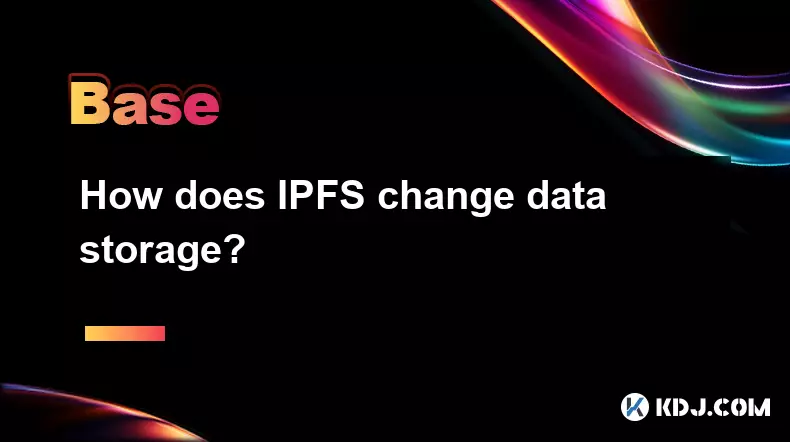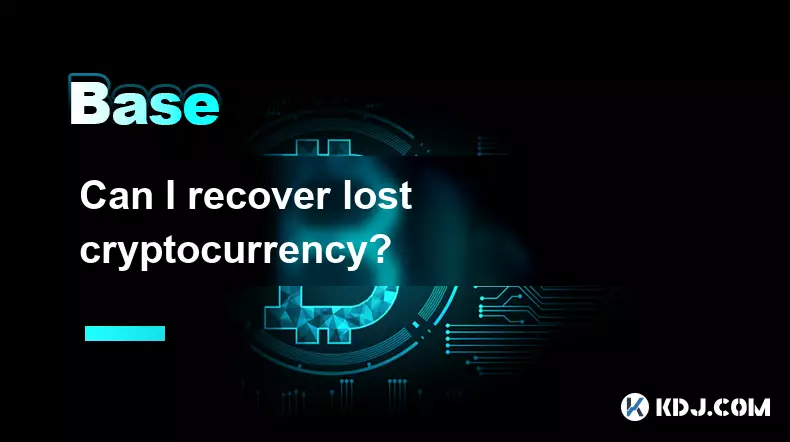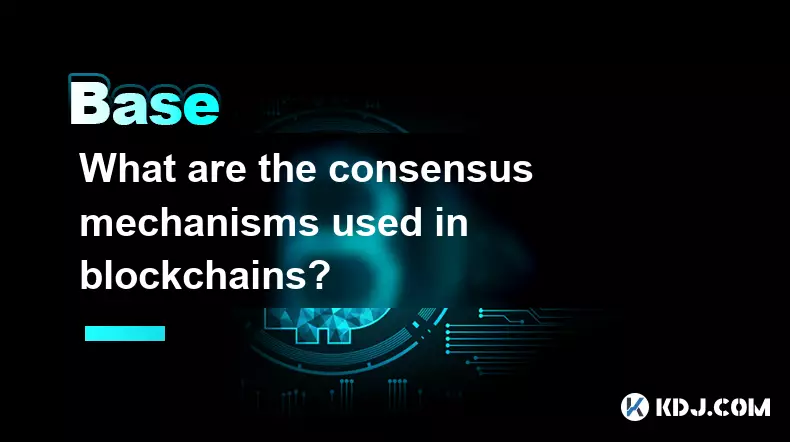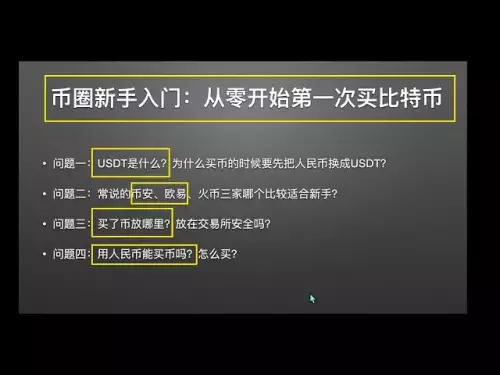-
 bitcoin
bitcoin $113137.862908 USD
0.65% -
 ethereum
ethereum $4107.436072 USD
-1.96% -
 xrp
xrp $2.908808 USD
2.59% -
 tether
tether $1.000294 USD
0.01% -
 bnb
bnb $1010.914842 USD
-1.12% -
 solana
solana $210.653310 USD
-2.16% -
 usd-coin
usd-coin $0.999776 USD
-0.01% -
 dogecoin
dogecoin $0.239360 USD
-0.04% -
 tron
tron $0.337849 USD
0.37% -
 cardano
cardano $0.807698 USD
-0.61% -
 hyperliquid
hyperliquid $45.387447 USD
0.61% -
 chainlink
chainlink $21.408287 USD
-0.92% -
 ethena-usde
ethena-usde $1.000509 USD
-0.04% -
 avalanche
avalanche $32.634682 USD
-4.77% -
 sui
sui $3.349772 USD
-0.19%
How does IPFS change data storage?
IPFS ensures data integrity through cryptographic hashing, enabling tamper-proof, decentralized storage that resists censorship and link rot.
Sep 19, 2025 at 10:36 pm

Decentralized Architecture Redefines Data Integrity
1. IPFS introduces a content-addressable system where each file is given a unique fingerprint known as a cryptographic hash. This ensures that no two files can have the same identifier, eliminating duplication across the network.
- Instead of relying on centralized servers, data is stored across a distributed peer-to-peer network. Nodes in the network host pieces of data, making retrieval possible from multiple sources simultaneously.
- When a user requests a file, they retrieve it based on its hash rather than its location. This removes dependency on specific domains or hosting providers, increasing resilience against takedowns and censorship.
- The decentralized nature reduces the risk of single points of failure. Even if some nodes go offline, others can serve the requested content, ensuring persistent availability.
- This model strengthens trust in data authenticity, as any alteration to a file changes its hash, making tampering immediately detectable.
Efficient Data Distribution in Blockchain Ecosystems
1. In blockchain applications, storing large files directly on-chain is costly and inefficient. IPFS allows developers to store only the hash of a file on the blockchain while keeping the actual data off-chain.
- NFTs widely use IPFS to store metadata such as images, descriptions, and attributes. By referencing an IPFS link, NFTs maintain verifiable and permanent records without bloating the blockchain.
- Transactions become faster and cheaper since only small hash values are written to the chain. The full content loads dynamically from the IPFS network when needed.
- Projects built on Ethereum, Polygon, and Solana increasingly integrate IPFS for scalable storage solutions, especially for dApps requiring high volumes of media-rich content.
- By decoupling storage from consensus mechanisms, IPFS enables blockchains to scale while preserving decentralization principles.
Sustainable and Cost-Effective Storage Solutions
1. Traditional cloud storage models charge recurring fees for data hosting. IPFS shifts toward a pay-per-use or incentivized retention model, reducing long-term costs for users.
- Filecoin, a blockchain-based incentive layer built on top of IPFS, rewards nodes that reliably store data. This creates a competitive marketplace for storage providers within the crypto economy.
- Users can choose between temporary pinning services or permanent archival through paid providers, offering flexibility depending on project needs.
- Bandwidth usage is optimized because files are delivered from the nearest available node, decreasing latency and improving load times globally.
- The reduction in redundant data transfers lowers energy consumption, aligning with eco-conscious trends in the cryptocurrency space.
Persistent Access Without Central Control
1. URLs in traditional web infrastructure are prone to link rot—when pages move or get deleted, access is lost. IPFS links remain valid as long as at least one node hosts the content.
- Digital assets linked via IPFS retain permanence even if the original uploader disconnects, fostering a more reliable information ecosystem.
- Communities can preserve critical financial records, governance proposals, and historical transaction logs without fear of central platform shutdowns.
- Decentralized identity systems and DAO documentation benefit from immutable references, ensuring transparency and auditability over time.
- Censorship-resistant publishing becomes feasible, empowering individuals and organizations operating in restrictive environments.
Frequently Asked Questions
How do I retrieve a file from IPFS?You can retrieve a file by using its CID (Content Identifier) through public gateways like ipfs.io or by running a local IPFS node. Simply enter the CID into the gateway URL to access the content directly in your browser.
Is data on IPFS encrypted by default?No, data stored on IPFS is not encrypted automatically. Files are publicly accessible unless encryption is applied before uploading. Users must manage encryption keys independently to ensure privacy.
Can I delete a file from IPFS permanently?There is no global delete function. Once a file is added to the network, it can only be removed from individual nodes. To prevent access, stop pinning the file and avoid sharing its CID. However, copies may persist on other nodes.
What happens if all nodes hosting a file go offline?If every node that has pinned a particular piece of data disconnects or unpins it, the file becomes temporarily inaccessible until someone re-uploads it. Permanent availability requires active replication or integration with Filecoin for guaranteed storage.
Disclaimer:info@kdj.com
The information provided is not trading advice. kdj.com does not assume any responsibility for any investments made based on the information provided in this article. Cryptocurrencies are highly volatile and it is highly recommended that you invest with caution after thorough research!
If you believe that the content used on this website infringes your copyright, please contact us immediately (info@kdj.com) and we will delete it promptly.
- Crypto Casinos in 2025: Bitcoin Gambling, Trusted Platforms, and What You Need to Know
- 2025-09-25 12:25:13
- Upbit, Naver, and the Crypto App Revolution: What's the Buzz?
- 2025-09-25 12:25:13
- Tether's Funding Frenzy: A $500 Billion Stake in the Stablecoin Game
- 2025-09-25 10:25:14
- Layer 2, Tokenomics, and Network Overhauls: What's the Buzz?
- 2025-09-25 10:25:14
- WLFI, Ethereum, BlockDAG: Decoding the Hype - What's Real?
- 2025-09-25 10:45:16
- Crypto Millionaires, Boom, and New Wealth: Riding the Bitcoin Wave in 2025
- 2025-09-25 10:30:01
Related knowledge

Can I recover lost cryptocurrency?
Sep 25,2025 at 08:18am
Understanding the Nature of Cryptocurrency Loss1. Cryptocurrency operates on decentralized networks, meaning there is no central authority to reverse ...

How can I earn passive income from cryptocurrency?
Sep 23,2025 at 10:18am
Staking Cryptocurrencies for Regular Returns1. Many blockchain networks operate on a proof-of-stake (PoS) consensus mechanism, allowing users to earn ...

What are the consensus mechanisms used in blockchains?
Sep 24,2025 at 10:00am
Proof of Work and Its Role in Blockchain Security1. Proof of Work (PoW) is one of the earliest consensus mechanisms, first implemented by Bitcoin. Min...

Is there a finite supply of Bitcoin?
Sep 23,2025 at 06:00am
Bitcoin's Fixed Supply Mechanism1. Bitcoin was designed with a hard cap of 21 million coins, making its supply finite and predictable. This limit is h...

How do decentralized exchanges (DEXs) work?
Sep 23,2025 at 09:54pm
Understanding the Mechanics of Decentralized Exchanges1. Decentralized exchanges operate without a central authority, allowing users to trade cryptocu...

How are cryptocurrency transactions taxed?
Sep 23,2025 at 04:36am
Taxation of Cryptocurrency TransactionsCryptocurrency transactions are subject to various tax regulations depending on jurisdiction, usage, and freque...

Can I recover lost cryptocurrency?
Sep 25,2025 at 08:18am
Understanding the Nature of Cryptocurrency Loss1. Cryptocurrency operates on decentralized networks, meaning there is no central authority to reverse ...

How can I earn passive income from cryptocurrency?
Sep 23,2025 at 10:18am
Staking Cryptocurrencies for Regular Returns1. Many blockchain networks operate on a proof-of-stake (PoS) consensus mechanism, allowing users to earn ...

What are the consensus mechanisms used in blockchains?
Sep 24,2025 at 10:00am
Proof of Work and Its Role in Blockchain Security1. Proof of Work (PoW) is one of the earliest consensus mechanisms, first implemented by Bitcoin. Min...

Is there a finite supply of Bitcoin?
Sep 23,2025 at 06:00am
Bitcoin's Fixed Supply Mechanism1. Bitcoin was designed with a hard cap of 21 million coins, making its supply finite and predictable. This limit is h...

How do decentralized exchanges (DEXs) work?
Sep 23,2025 at 09:54pm
Understanding the Mechanics of Decentralized Exchanges1. Decentralized exchanges operate without a central authority, allowing users to trade cryptocu...

How are cryptocurrency transactions taxed?
Sep 23,2025 at 04:36am
Taxation of Cryptocurrency TransactionsCryptocurrency transactions are subject to various tax regulations depending on jurisdiction, usage, and freque...
See all articles










































































